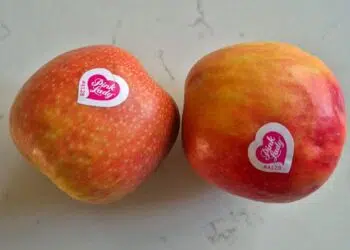Brussels – Green light from the Environment Committee (ENVI) of the European Parliament to the compromise text of the packaging regulation that came out of interinstitutional negotiations last March 4. The agreement passed with 63 votes in favour, nine against and three abstentions. To complete the legislative process, the regulation will now have to be finally approved by the plenary of the European Parliament, as early as its second session in April, and by the EU Council.
The main objective of the regulation is to counter the increase in packaging waste generated in the EU by promoting the circular economy (i.e., reuse and recycling that brings packaging back to the market after its first use instead of having it end up in the waste stream), and harmonizing the internal market for packaging in the sector.
The Italian battle over reuse targets
Packaging has so far been one of the most sensitive pieces of European legislation for the government and several Italian interest groups, with strong pressure from Italian delegations in both the parliament and the council to rediscuss recycling and reuse targets in particular. The contrast was overcome in the final text, with the option for member states to grant derogations to operators in the sectors involved if individual packaging materials exceeded the recycling targets set by Brussels by at least 5 per cent.
Not only that, Italy was granted an exclusion from the reuse requirements for take-away, cardboard, beverages such as milk and other highly perishable ones, wines and other alcoholic beverages, as well as a horizontal exemption for packaging materials, as long as there are still high recycling rates.
Packaging regulation: what it provides
The agreement calls for the introduction of targets to reduce packaging by 5 per cent by 2030, 10 per cent by 2035, and 15 per cent by 2040. And it specifically calls for member countries to reduce the amount of plastic packaging waste. With the new decade, several types of single-use plastic packaging will be banned, such as those for unprocessed fresh fruits and vegetables, plastic packaging for food and beverages filled and consumed in bars and restaurants (e.g., condiments, sauces, cream, sugar, for which paper sachets, however, are saved.) From January 1, 2030, miniature packaging for toiletries and shrink wrap for luggage at airports will also be banned.
The new regulations will mark the end of very light plastic bags (below 15 microns) unless they are needed for hygienic reasons or provided as primary packaging for bulk food to help prevent food waste. A ban has also been introduced on the use of alkyl chemicals, or Pfas,
for packaging intended to be in contact with food.
After a tough negotiation, a five-year waiver was provided for member states on targets to reuse at least 10 per cent of alcoholic and non-alcoholic beverage packaging by 2030. In addition, at parliament’s request, member states will be required to incentivize restaurants, canteens, bars, cafeterias, and food services to serve tap water—where available—free or at a low service charge), in a reusable or refillable format.
Negotiators agreed that “all packaging should be recyclable,” although some exemptions are made for light wood, cork, textiles, rubber, ceramic, porcelain or wax. Minimum recycled content targets were then set for any plastic part of the packaging, minimum recycling targets based on the weight of packaging waste generated, and increased recyclability requirements. By the end of the decade, 90 per cent of single-use plastic and metal beverage containers (up to three litres) will have to be collected separately.
English version by the Translation Service of Withub









![Il presidente della Repubblica, Sergio Mattarella, con la presidente della Commissione europea, Ursula von der Leyen [Bruxelles, 21 maggio 2025. Foto: Emanuele Bonini per Eunews]](https://www.eunews.it/wp-content/uploads/2025/05/mattarella-vdl-120x86.png)